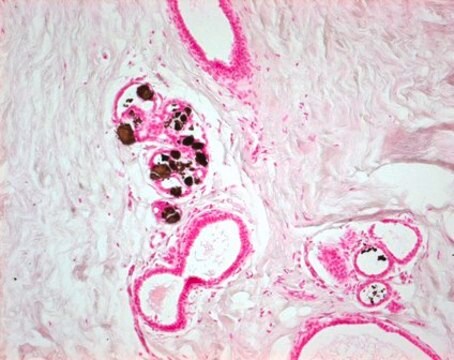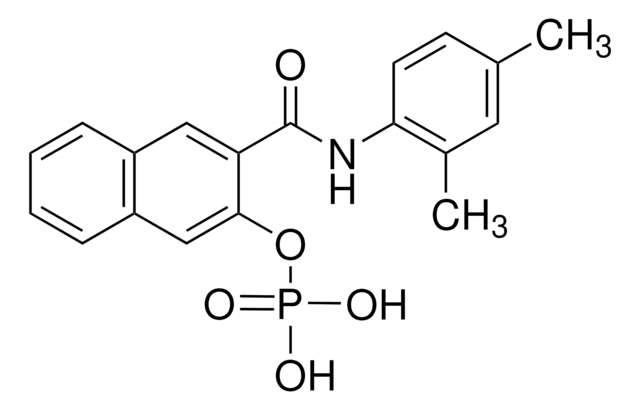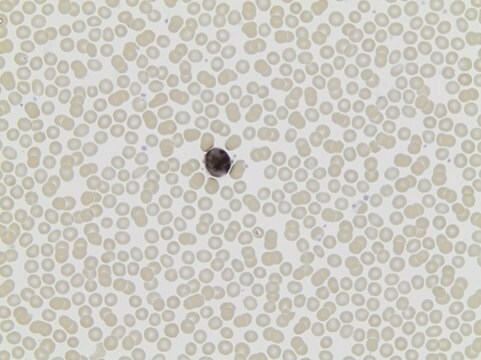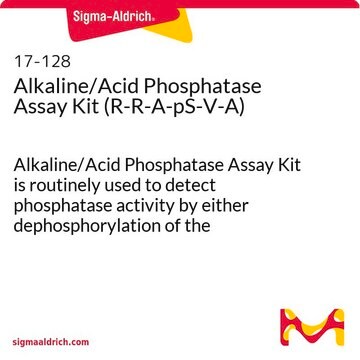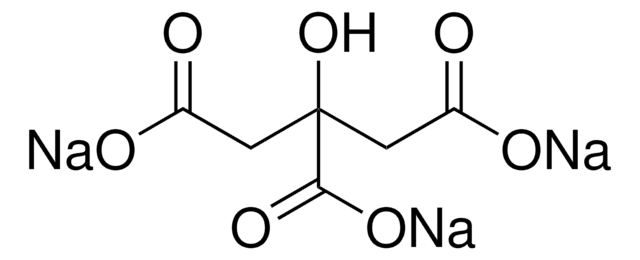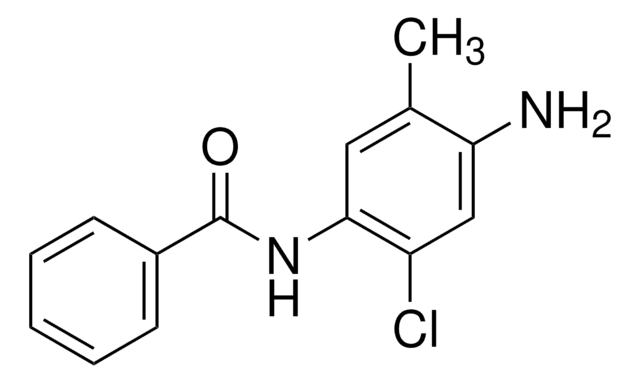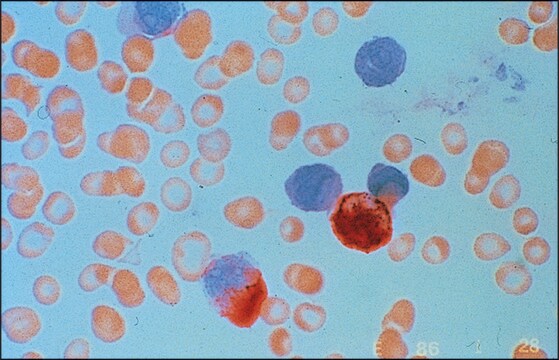86R
Leukocyte Alkaline Phosphatase Kit
based on naphthol AS-BI and fast red violet LB
About This Item
Recommended Products
Quality Level
shelf life
Expiry date on the label.
IVD
for in vitro diagnostic use
application(s)
hematology
histology
shipped in
wet ice
storage temp.
2-8°C
Looking for similar products? Visit Product Comparison Guide
Application
Kit Components Only
- Citrate Solution (915) 50 mL
- FRV-Alkaline Solution (862) 10 mL
- Hematoxylin Solution, Gill No. 3 (kit only) 50 mL
- Naphthol AS-BI Alkaline Solution (861) 10 mL
- Sodium Nitrite Solution (914) 10 mL
Signal Word
Danger
Hazard Statements
Precautionary Statements
Hazard Classifications
Acute Tox. 4 Oral - Eye Dam. 1 - Met. Corr. 1 - Skin Irrit. 2 - STOT RE 2 Oral
Target Organs
Kidney
Storage Class Code
8A - Combustible corrosive hazardous materials
Flash Point(F)
Not applicable
Flash Point(C)
Not applicable
Certificates of Analysis (COA)
Search for Certificates of Analysis (COA) by entering the products Lot/Batch Number. Lot and Batch Numbers can be found on a product’s label following the words ‘Lot’ or ‘Batch’.
Already Own This Product?
Find documentation for the products that you have recently purchased in the Document Library.
Customers Also Viewed
Our team of scientists has experience in all areas of research including Life Science, Material Science, Chemical Synthesis, Chromatography, Analytical and many others.
Contact Technical Service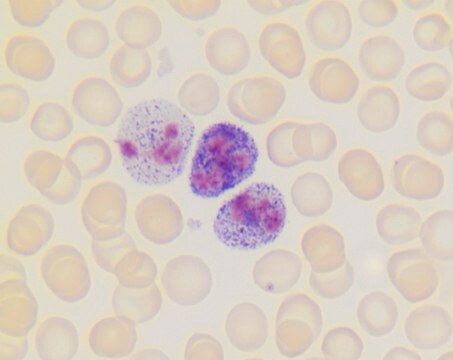
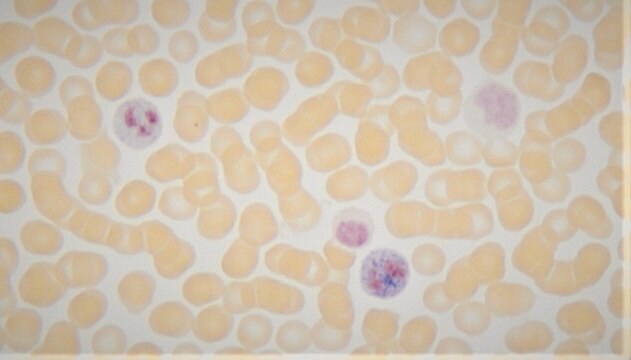
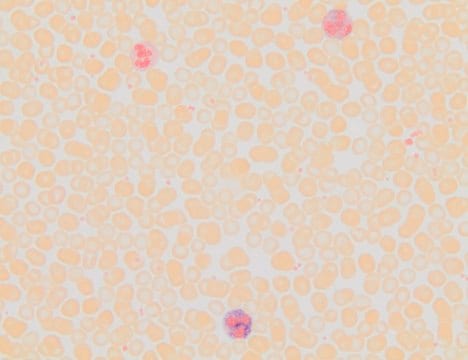

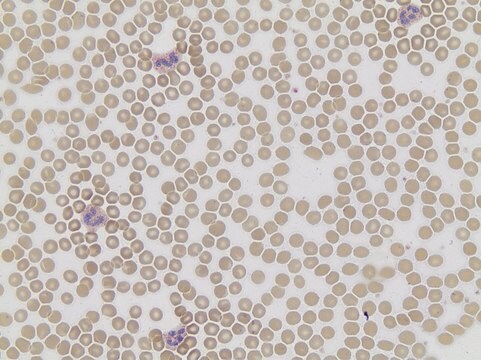

![2-[4-(2-Hydroxyethyl)-1-piperazinyl]-ethanesulfonic acid Buffer substance HEPES EMPROVE® EXPERT](/deepweb/assets/sigmaaldrich/product/images/351/602/c50c8b6f-6bcd-4751-9064-2cc5cb47d00f/640/c50c8b6f-6bcd-4751-9064-2cc5cb47d00f.jpg)
